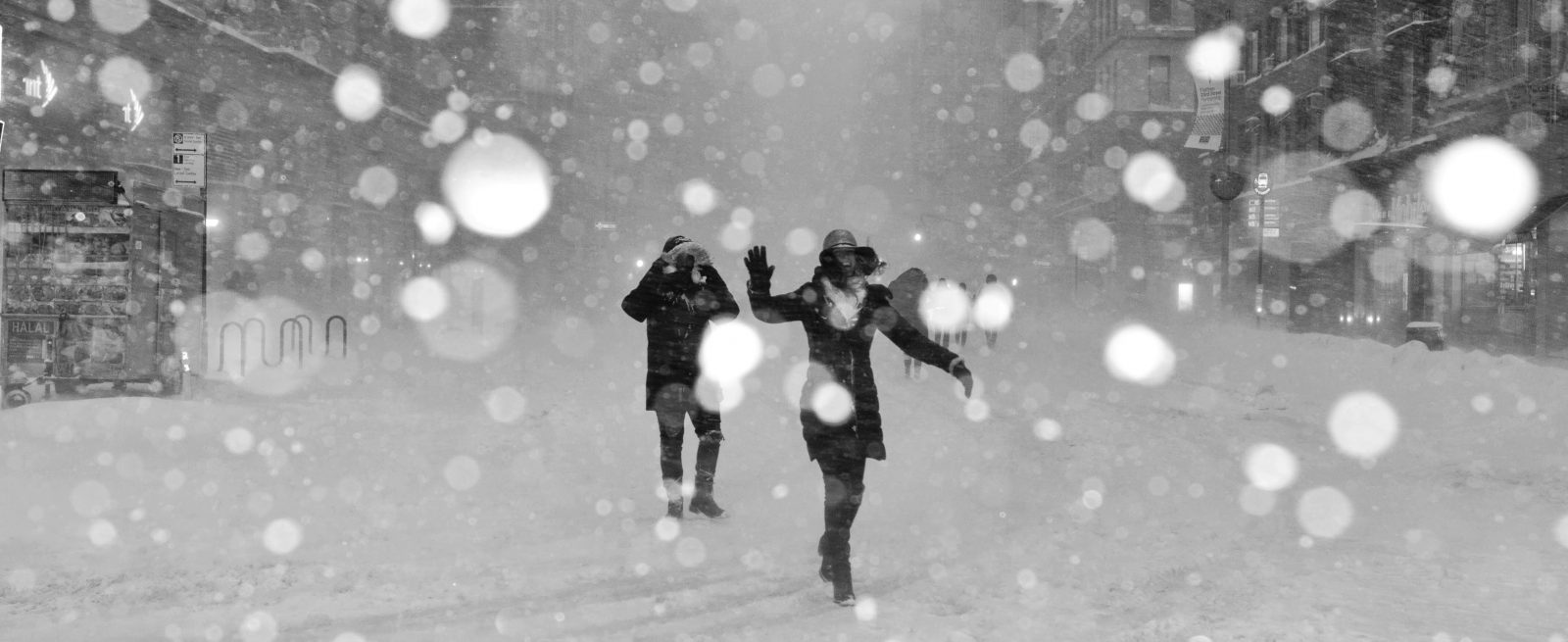Five Ways to Prepare Your Commercial Kitchen for Winter
2 Min Read By Matt Gentile
When you hear about "seasonal maintenance," you might think of different household projects. But it also applies to commercial kitchens. During November and December, many restaurants start forecasting expenses for the following year. With the temperature starting to drop, you can use some leftover funds to tackle winter maintenance projects in your restaurant's kitchen.
So what can you do before it gets too chilly? From routine equipment maintenance to plumbing projects, here are some ways to prep your commercial kitchen for the winter.
Be Ready for Power Outages
Blizzards and extreme cold can knock out power at any time. Purchasing a backup generator can be a lifesaver for your restaurant. You can use it to keep the lights on and restore power to refrigeration units, fryers, ovens and other commercial kitchen equipment. Backup power is extremely important for refrigerators and freezers, helping prevent food and ingredients from spoiling.
Clean and Maintain Your Equipment
Many of your kitchen equipment requires regular maintenance throughout the year. An extensive cleaning before the start of winter not only helps units perform better, but it also keeps them running efficiently. Everything from cleaning refrigerator condenser coils to thoroughly washing your commercial fryers and ranges can help improve efficiency, which is crucial in the winter when more power is consumed. If certain maintenance projects require professional assistance, contact a certified technician or service company so you don't void the manufacturer warranty.
Adopt Green Methods
According to ENERGY STAR, restaurants use five to seven times more energy per square foot than other commercial facilities. Since energy usage typically spikes during the winter, your facility's utility bills could be higher too. The National Restaurant Association's 2018 study on the State of Restaurant Sustainability 2018 found that six out of 10 restaurant kitchens follow startup/shutdown schedules to reduce energy usage. Following this procedure on your equipment can cut down on energy consumption and help lower utility costs as the temperature drops. Routine equipment maintenance and filter check-ups also should help reduce energy usage throughout the season.
Insulate or Repair Plumbing
Extremely cold temperatures can cause pipes to freeze, and the pressure from freezing eventually can make pipes burst. Since a suitable water supply assures proper food prep and cooking, frozen or busted pipes are out of the question. Double check if you need to insulate your pipes, or see if there are any leaks that need to be repaired before the temperature drops to below-freezing temperatures.
Schedule HVAC Work
A working HVAC system is not only crucial for the front of the house, but it's also essential for keeping equipment at the proper temperature in the back of the house. Make sure air filters are replaced and air vents are clean or unobstructed. Consider having air ducts or vents vacuumed so air is blowing at optimal capacity. While your heating system should be a top priority, the air conditioning also should be checked. Having routine work done in the fall or winter helps ensure your AC system is ready to roll before the spring and summer.
By being proactive, you can keep things running smoothly throughout the winter and be ready when spring starts. If you're unsure about how to handle any equipment maintenance, be sure to consult your owner's manual or contact an authorized service company for assistance.


